How useful has an ideological critical approach been in analysing the films you have studied? Refer in detail one or more sequences for each film.”
Plan:
Intro –
An ideological critical approach has been highly useful in analysing This is England due to the films explicit ideology about the destructive nature of hate and the harm that misguided patriotism/nationalism has on people. Such an approach to Trainspotting, however, is less useful, as the film has an implicit message on the arrogance of youth and the harmful side-effects of it. However, by displaying why people may find this lifestyle appealing and fun, the film negates a message on whether it is worth it or not.
1. How TIE conveys its meaning through the montages that preface and conclude the film, heavily implying and outright displaying the harm caused by patriotism and a brazen sense of entitlement due to ones own nationality, contrasting Combo’s ideology with the actions of Great Britain in the Falklands.
2. How a critical approach to Trainspotting is useful due to how the film conveys the arrogance and hedonistic lifestyles of its protagonists in the rapid opening montage of the film, conveying the vain but fun benefits of such a life, reflected in the style of the film, and mocking the middle-class values that Renton avoids.
3. How TIE conveys the harmful knock-on effects of such an ideology as Combo’s, indirectly resulting from the patriotism previously discussed, negatively effecting everyone, including the people who hold that outlook on life. This is conveyed in the assault on Milky and the harassing of children. The characters themselves also represent the social groups that were prevalent in England at this time.
4. How an ideological approach to Trainspotting is less useful due to the films objective display of the drawbacks, often horrifying, of Renton’s enthusiastic and hedonistic lifestyle, therefore not taking a stance on whether the lifestyle is worth the destruction it causes for them.
Conclusion: An ideological critical approach to TIE is much more useful than one to Trainspotting, as TIE has an unmistakable message that it wants the audience to accept and agree with, whereas Trainspotting has an implicit message about the folly of the carelessness of youth, but also objectively displays the flaws of such a lifestyle, ultimately not conveying a strong message like TIE does.
Essay:
An ideological critical approach has been very useful in analysing This is England (Shane Meadows, 2006) due to the films explicit message about how hate misguided patriotism can descend into hate, destruction and pain. Such an approach is not as useful in analysing Trainspotting (Danny Boyle, 1996), as the film holds a very implicit, veiled message about the arrogance and brashness of youth. However, the film negates the potency of this message by taking an objective stance, displaying the harms of such a self-destructive lifestyle but also the various appeals and attractions of that life.
This is England conveys the damage caused by patriotism through the opening and closing montages of archive news-reel footage from the 1980s. The closing montage, played immediately after the scene where Combo assaults Milky because of his ethnicity, shows the devastation caused by the Falklands War, which Prime Minister Margaret Thatcher pursued in a campaign to win support for her party and policies by stoking patriotism in the people by winning back land from Argentina. The montage exposes the victories of the war; a small village on a derelict island, and the subsequent casualties; scared, helpless POWs, dead British soldiers, parents not returning home, the effects of which are shown through Shaun’s character. In this way, Meadows is communicating that patriotism is flawed, and people can be urged into violence by a vague sense of entitlement because of their nationality, which is shown through Combo, who believes himself superior to immigrants, who he views as sub-human, because of his English heritage. This is also argued through the immediate juxtaposition between the montage displaying the horrors of the war and the violence caused by Combo’s hatred. Therefore, Meadows is arguing to the audience that the patriotic mission in the Falklands is an example of blind nationalism, which can lead to violence, reflected here through Combo’s character, who believes his violence and discrimination towards foreigners to be a just cause because of his unhealthy attachment to his country. The films ideology is highly explicit, as in the ending scene a reformed Shaun literally throws his St. George’s Cross into the sea, rejecting nationalism. In this way, the audience really has no choice but to accept the messages of the film as they are so blatant.
An ideological approach to Trainspotting is slightly useful because of its representation of youth. The young people in the film are arrogant, with punk attitudes, rejecting societal norms and social conventions. They reject “life” and the various capitalist characteristics of a picturesque middle-class lifestyle, such as “fixed mortgage payments” and “a job”. In the opening montage, Renton’s outlook on life is conveyed through the enthusiastic and upbeat ‘Lust for Life’ Iggy Pop track, reflecting what sort of music the group enjoy, and showing the various reckless activities that they engage in, such as shoplifting and drug usage. As Renton lists off the standards that he rejects in life, he is shown engaging in these activities through jump cuts and parallel editing, cutting at one point from him falling in a football pitch to him falling in a drug den while experiencing visual ecstasy from a cigarette. The rapid editing of the scene, connecting shots through Renton’s enthusiastic non-diegetic omniscient narration and the fast non-diegetic compiled score, reflects the quick fixes and vain thrills that he thrives off. The film is conveying the message that youth can be careless, arrogant, and many young people may feel as if they are untouchable, here shown through the chaotic but thrilling life that Renton lives, and the disregard he shows to societal rules and expectations while chancing death with the use of heroin. He even says “there are no reasons. Who needs reasons when you’ve got heroin?”, defining his careless and hedonistic approach to life.
An ideological critical approach to This is England is also useful due to the films unmistakable message about the negative impacts of hatred. Throughout the film, Combo is built up as a vitriolic man who genuinely hates people unlike him, as from the first scene he appears in, crashing the skinhead’s party, the film pays particular focus on his spiteful and dramatic pronunciation of racial epithets and his disregard for Milky, a man of Jamaican descent, while he performs a racist caricature of a black man. The audience is manipulated to hate Combo, e.g., non-diegetic, composed somber piano music plays as he insults black people, and, by extension, the hatred and racism that he represents. For example, in the scene where he gives a speech to win people over to his cause, he reflects many of the sentiments that people would have heard in 1980s Britain, such as criticisms of her war in the Falklands and the rise of unemployment. He also turns his hatred towards Muslim and Middle-Eastern minorities, reflecting the rise in nationalist sentiment and political parties in the 1980s, often veiling racism and violence towards minorities. In the scene where he assaults Milky, Combo feels hatred towards a man who is portrayed as genuinely good, speaking with kindness to everyone in the room, including a man who has proven himself to be racist. The audience is manipulated to sympathise with Milky through the dramatic and downbeat non-diegetic compiled music played over the beating. However, Milky is not the only victim of the hatred, as Combo himself breaks down, regretting his actions, and attacks the other members of his racing gang, screaming “I hate you” at men who share his ideology. Meadows not only influences the audience to disagree with Combo’s ideology and actions through the emphasis on his hatred and the use of non-diegetic composed music, but also shows the general destructive and chaotic nature of hate, which consumes everyone it affects.
An ideological critical approach is useful for analysing Trainspotting due to the films message on the benefits of hedonism, but the synonymous harm that such a lifestyle as Renton’s can involve. Although the film holds an implicit message about the carefree ideology of youth, conveyed through their focus on material pleasures and pursuit of fun, it balances the representation of the appeals and the harms of living such a way. For example, the film displays how such a way of living can be fun and mindless for the people living it, offering escapism through the use of drugs, e.g., when Renton overdoses and hallucinates literally sinking into the floor, completely escaping reality and the consequences of his actions, including his guilt for avoiding prison when his friend Spud was sentenced to jail time. At the same time, however, the film forces the audience to acknowledge and appreciate the harm that this approach to living can cause, and the self-destructive tendencies that Renton and his friends have developed as a result of their pursuit of pleasure. For example, while he is in a sort of transcendent ecstasy and surreal bliss during his overdose, Renton suffers an expressive and horrifying withdrawal afterwards where he hallucinates his friends mocking him and the baby he shares responsibility for the death of haunting him, showing that material pleasures can often lead to terrible consequences, and hedonism, while making for a life of easy fun and leisure, can have harmful side effects. However, it can also be argued that the film does not focus on conveying a strong message as much as it does creating an expressive and entertaining film through its style and playful nature. For example, Boyle uses expressive imagery to present the squalor that the characters live in to make the grim situation more funny for the audience, seen in the scene where Renton climbs down a toilet to retrieve a pair of pills. This is impossible, but the non-diegetic compiled score of tranquil ethereal music juxtaposed with this disgusting but comic imagery makes for a fun scene. Therefore, an ideological critical approach to Trainspotting is not as completely useful.
An ideological critical approach to This is England is much very useful due to the films explicit messages about the negative effects of patriotism and hatred. The audience is manipulated through the score to dislike Combo and be repulsed by his actions, conveying the pain that hate causes people, and also communicates the devastation that can be caused by a sense of entitlement due to ones own nationality by contrasting Combo’s actions, a man who embodies and represents hatred and nationalism, and news footage of the pain caused by the Falklands War, a war that England entered out of a vain sense of patriotism and entitlement to that land. Such an approach to Trainspotting is partially useful due to the films implicit messages about the recklessness of youth, and how hedonism, though fun, can cause agony too. This is done through the relatively balanced representation of the joys of living for pleasure, such as the ecstasy that Renton experiences through heroin, but the negative side-effects of such a lifestyle,e uh as his overdose and the subsequent withdrawal sequence. However, the film focuses heavily on creating a fast, comedic, stylish and expressive way of presenting these real and grim consequences of drug usage, more than it does on the effects of hedonism.

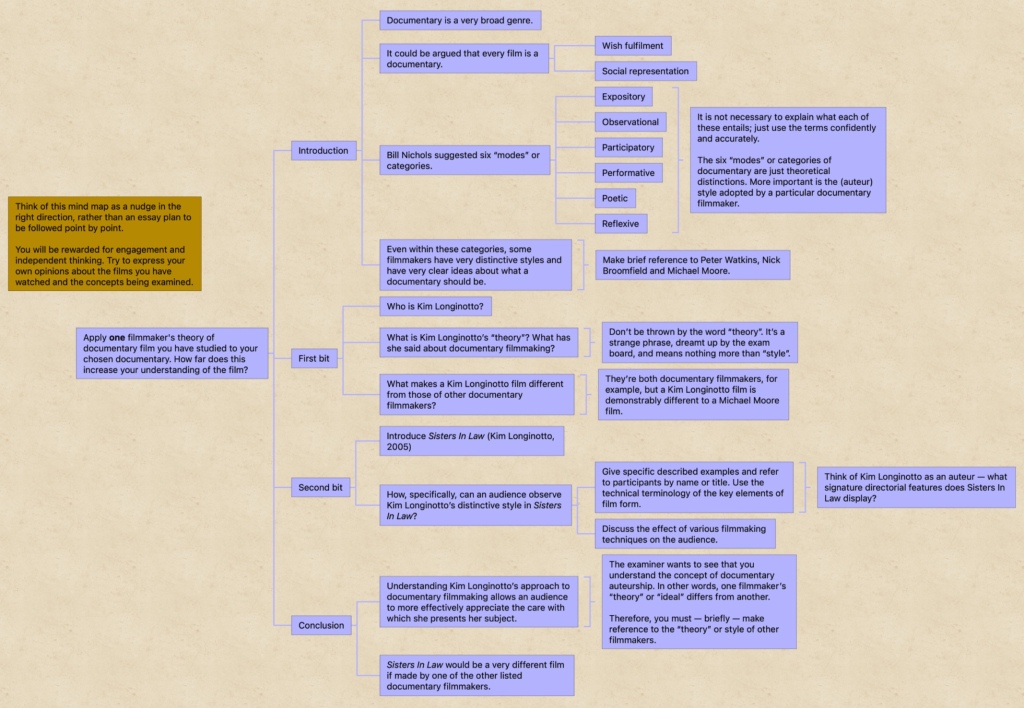
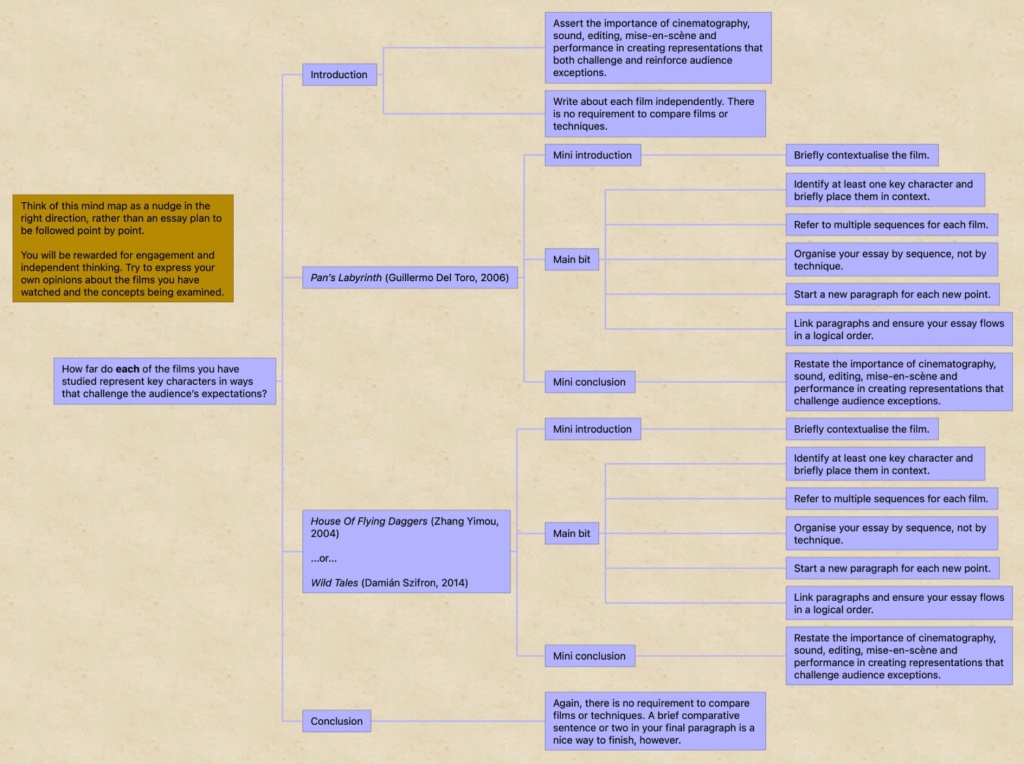
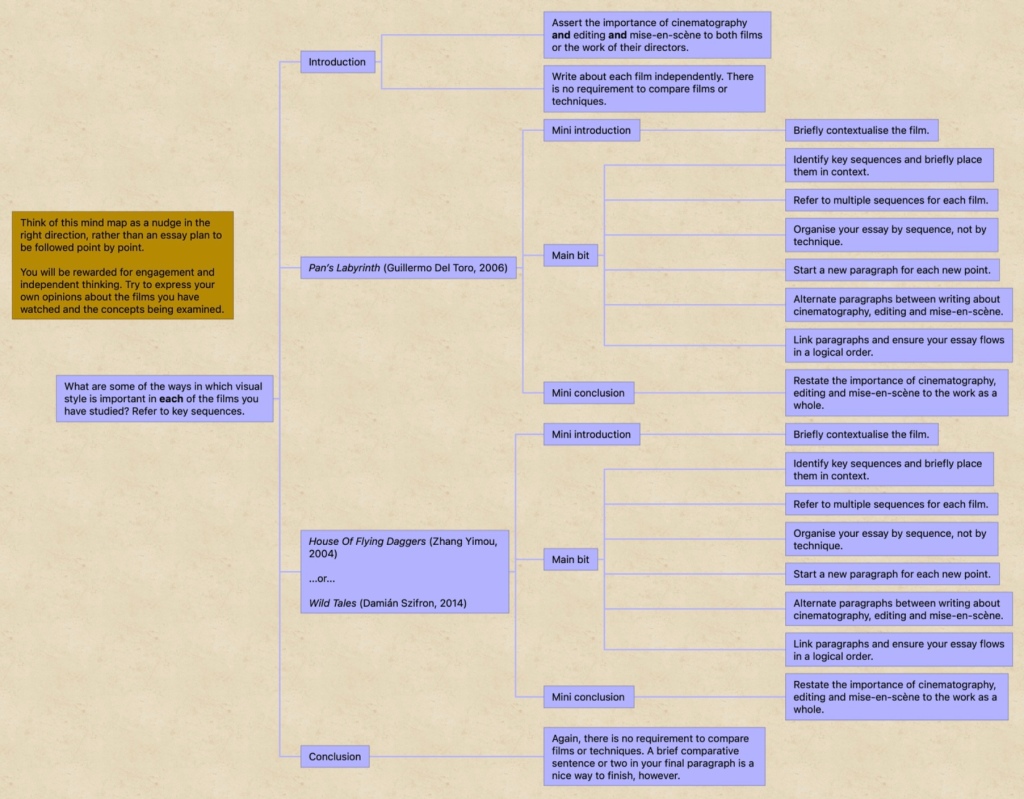
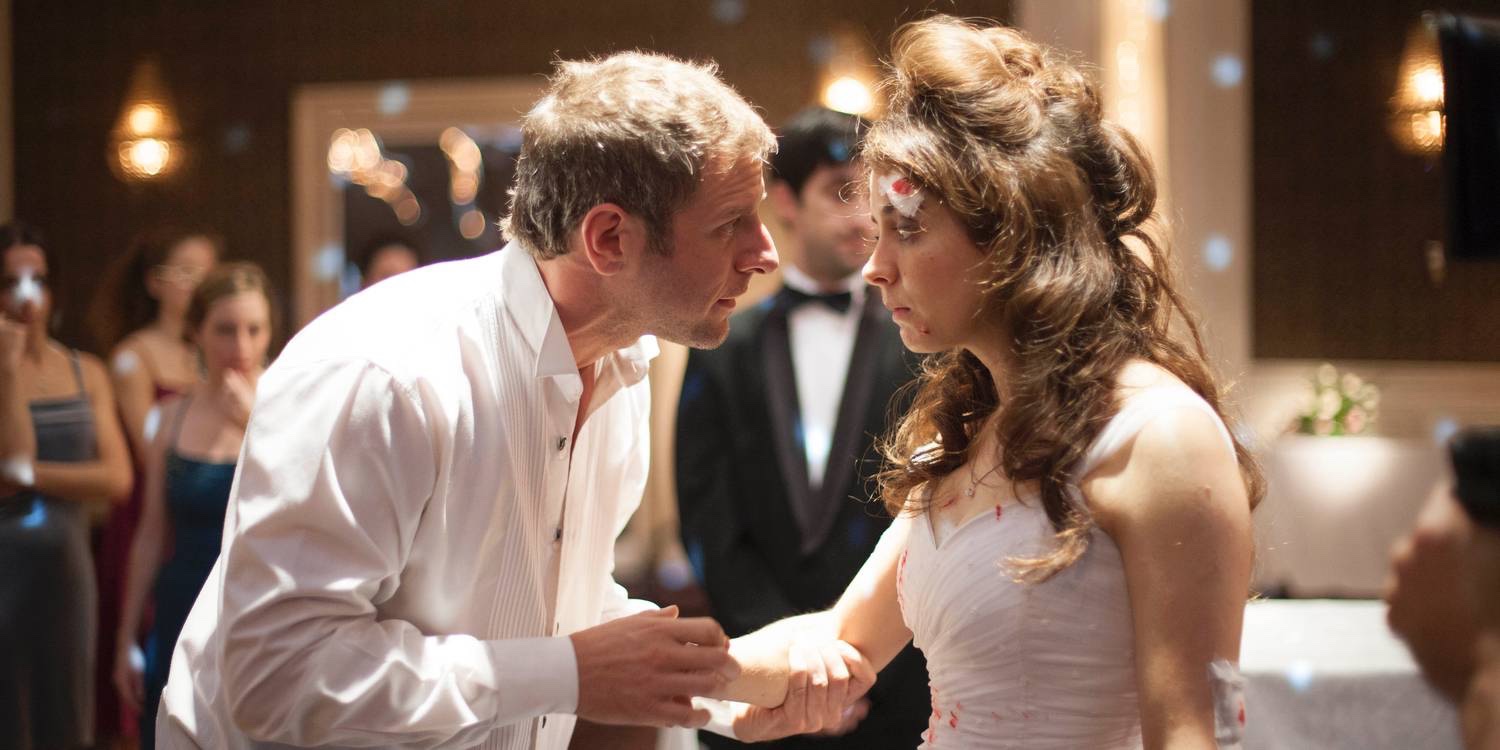
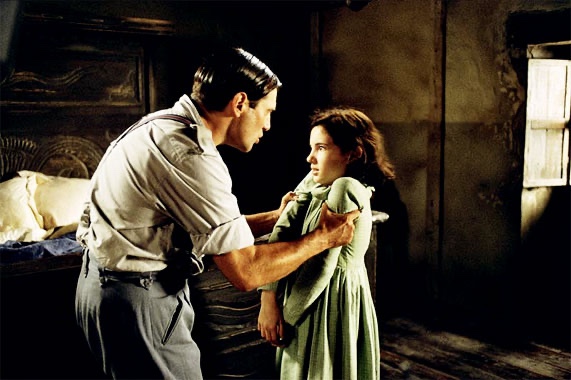

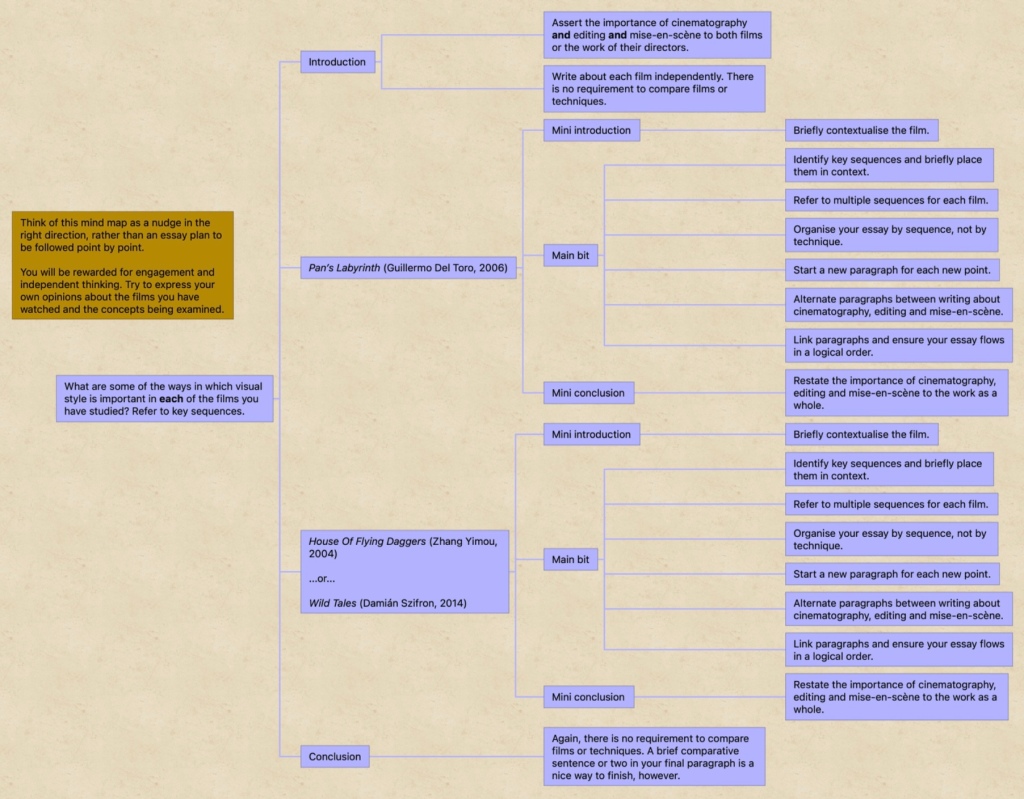
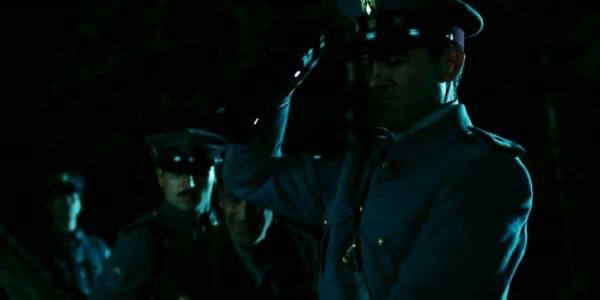
You must be logged in to post a comment.